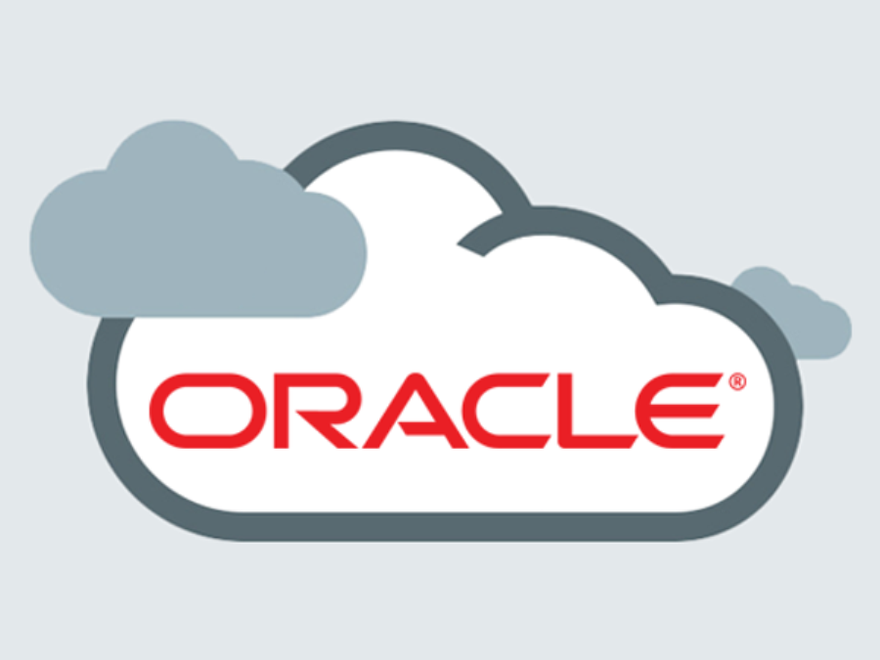Oracle Odbc Windows

Steps:⌗
1 - The very first thing you need to do is, find the Oracle database server version. In this case, let’s assume the version is 11g.
2 - Download the Oracle Instant Client (32 bit/ 64 bit)
Basic Package
ODBC Package
3 - Unzip files from both packages into a single folder (example: “C:\Oracle\instantclient_21_3”)
4 - Configure System Environment Variables
PATH = %PATH%;C:\Oracle\instantclient_21_3
TNS_ADMIN = C:\Oracle\instantclient_11_2
5 - Install Oracle Instant Client
Open the Oracle Instant Client folder (C:\Oracle\instantclient_11_2)
Right click odbc_install.exe
Select ‘Run as administrator’
Provide administrator credentials (you can see a command prompt appear and disappear within few seconds)
6 - SETUP THE SQLNET AND TNSNAMES FILES
Locate the SQLNET.ora and TNSNAMES.ora in the ‘samples’ directory of the newly installed Oracle client home directory. This is typically:
C:\app\johndoe\product\11.2.0\client_1\Network\Admin\Sample
Where ‘johndoe’ is the windows user name.
Copy these two files into the ‘Admin’ directory above.
Open the ‘TNSNAMES.ora’ file in Notepad and enter your Oracle database details in the file.
Save your changes.
Note: the ‘SQLNET.ora’ generally doesn’t need to be changed.
7 - CREATE THE ODBC DATA SOURCE
In the Windows Start menu, click on the Data Sources (ODBC) icon that was created by the ODAC client install.
In the ‘User DSN’ tab of the ‘ODBC Data Source Administrator’ dialog, click Add.
In the ‘Create New Data Source’ dialog, select the ‘Oracle in OraClient 11g_home1’ driver.
Click ‘Finish’.
In the ‘Oracle ODBC Driver Configuration’ dialog, enter the details of your data source.
Note: you should be able to select the TNS Service Name from the drop down list. This name will be that which you named in the TNSNAMES.ora file’s Alias = section.
Click ‘Test Connection’ to ensure your settings are all correct.
When prompted, enter the database login credentials.
Click ‘OK’.
Click OK to complete the process.